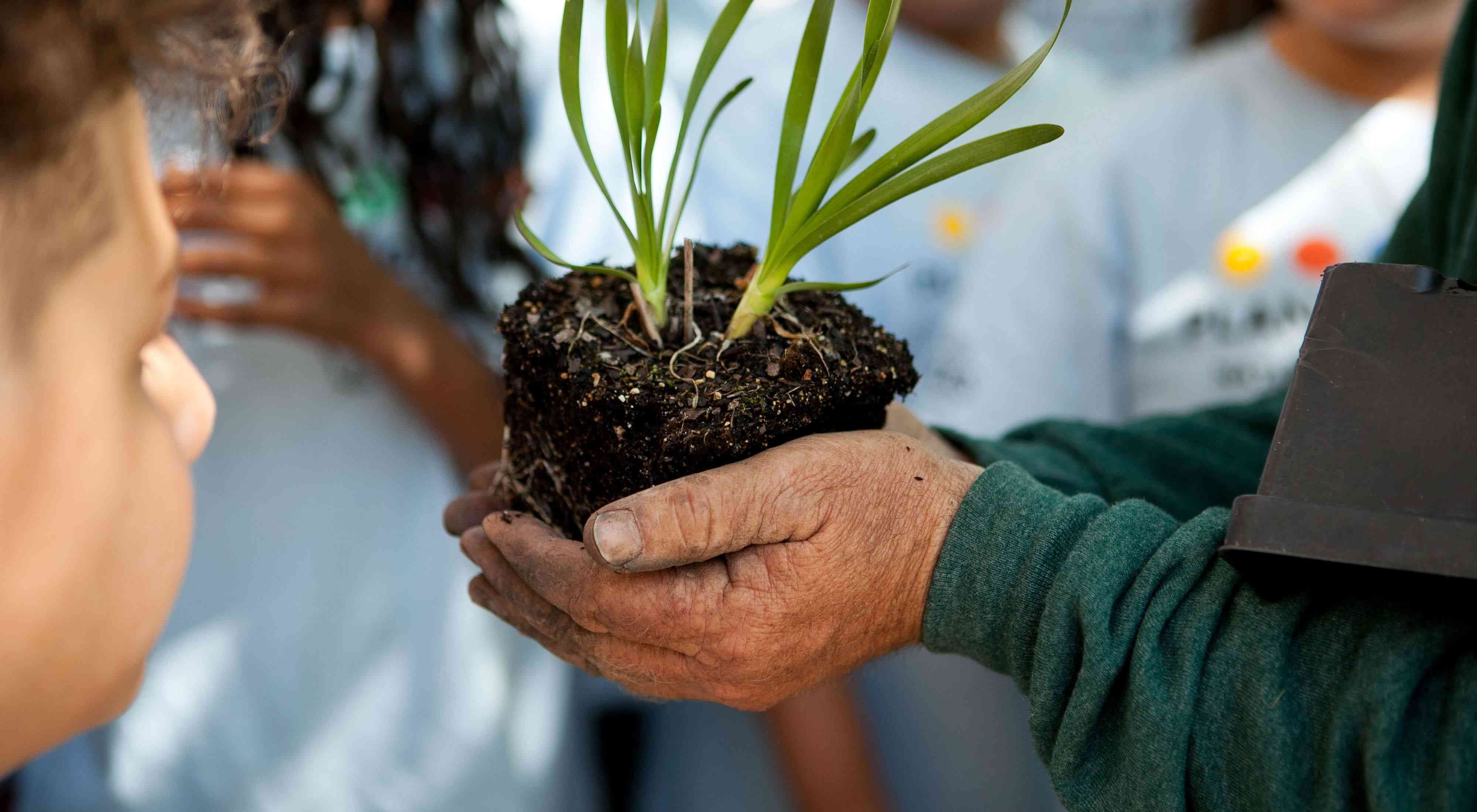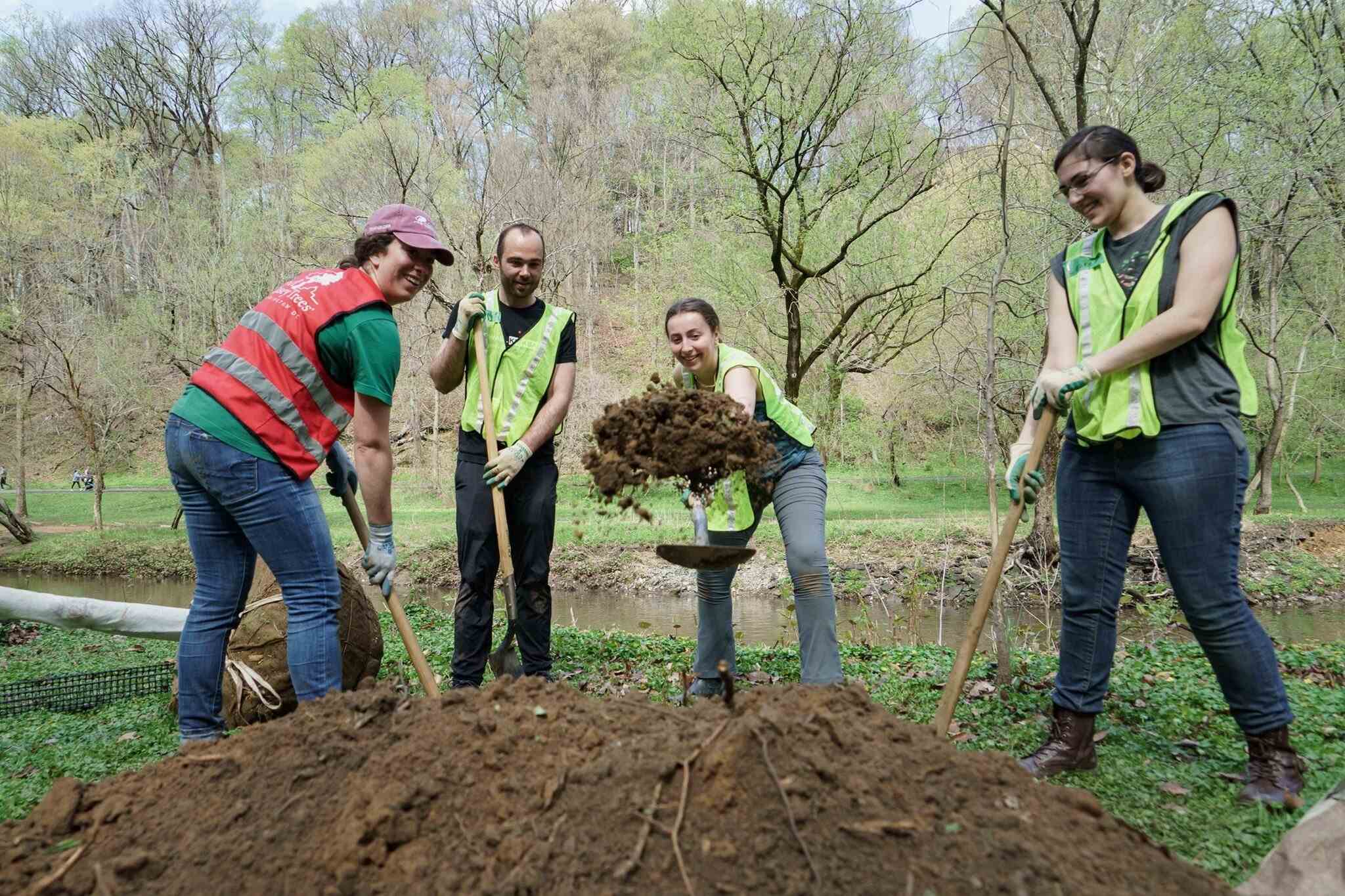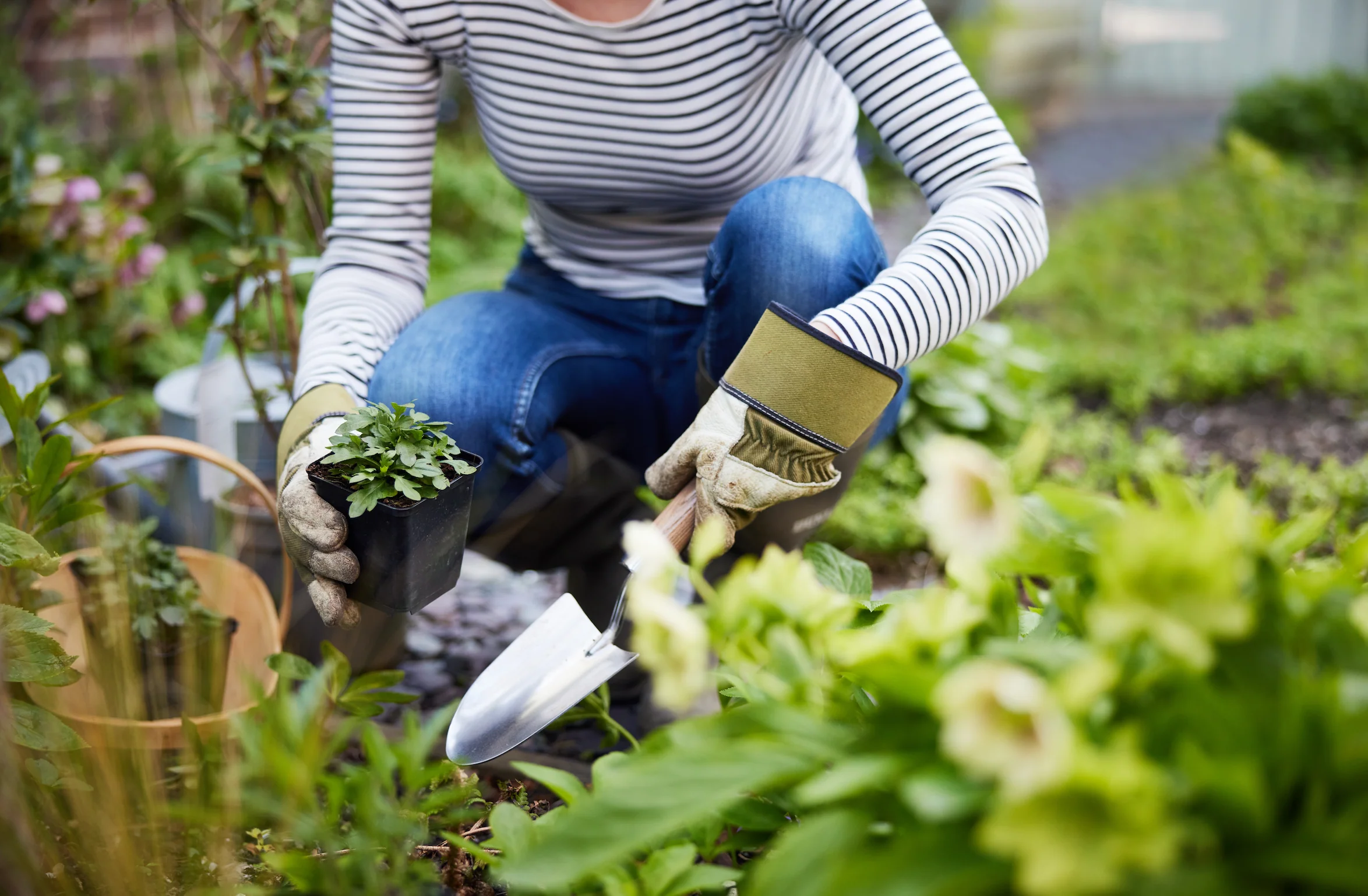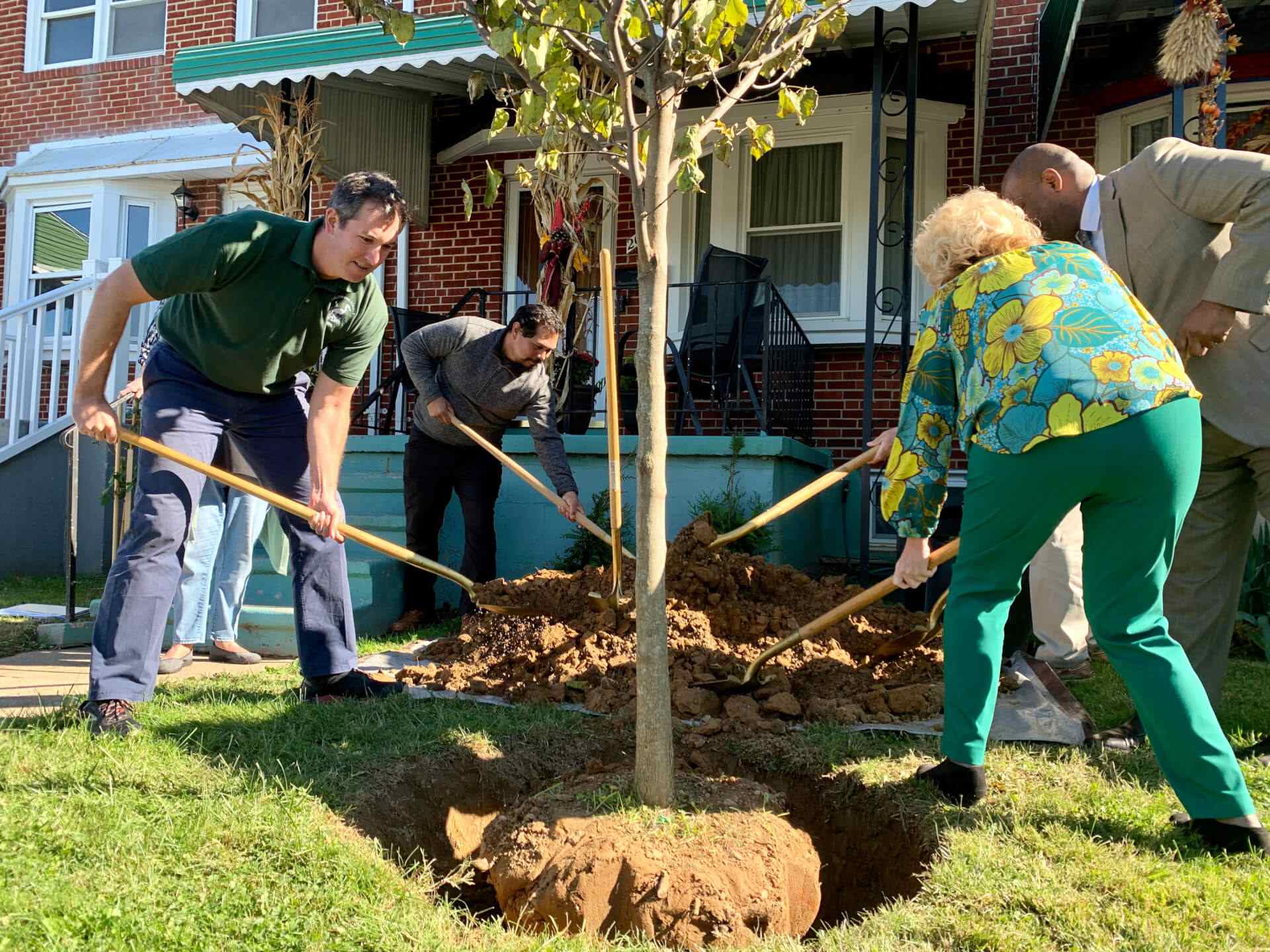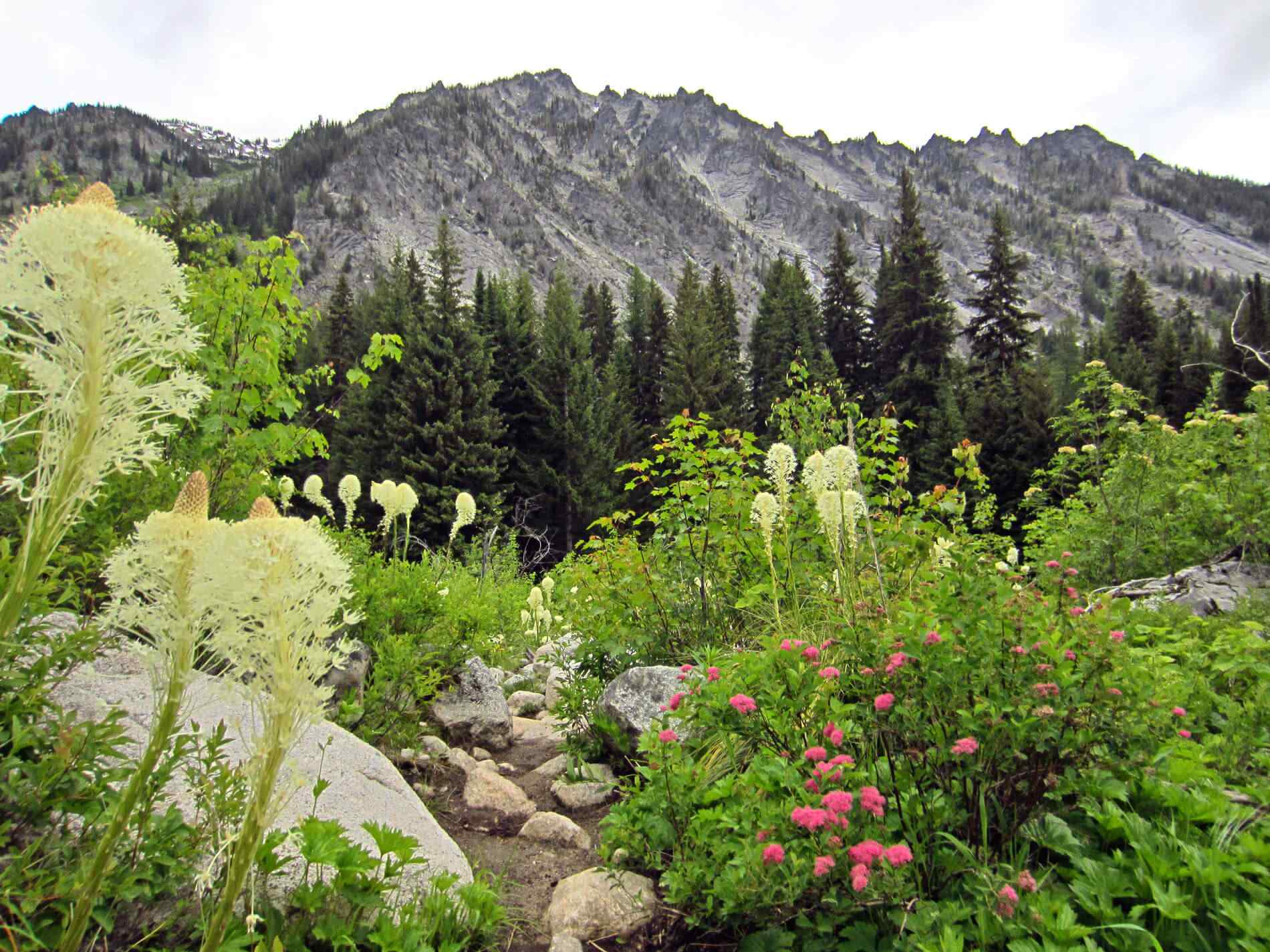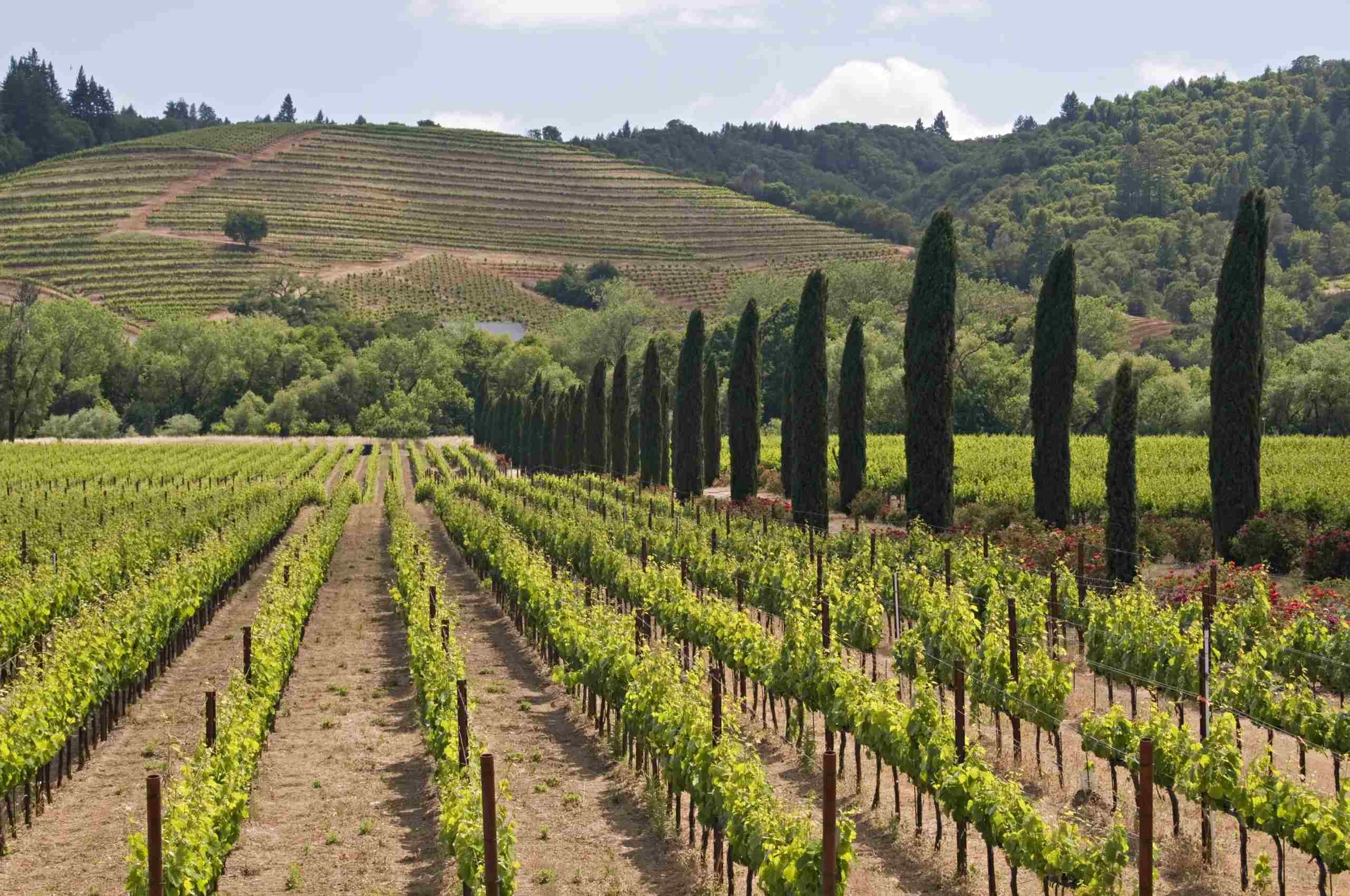Home>Gardening Basics>Understanding Soil>What Planting Zone Is Kansas
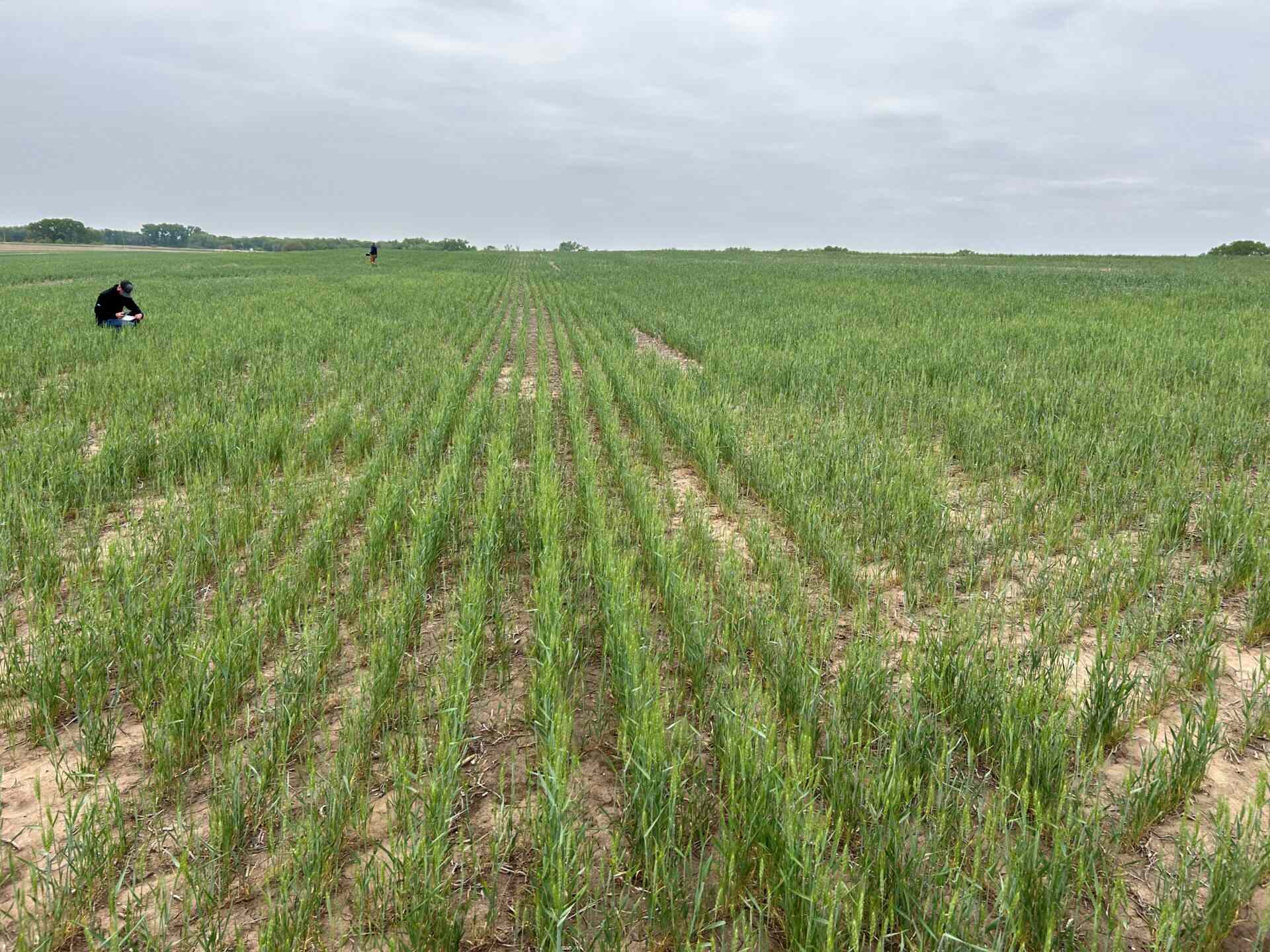

Understanding Soil
What Planting Zone Is Kansas
Modified: January 22, 2024
Learn about the planting zone for Kansas and understand the importance of soil for successful gardening. Discover the ideal soil conditions for optimal plant growth in Kansas.
(Many of the links in this article redirect to a specific reviewed product. Your purchase of these products through affiliate links helps to generate commission for Chicagolandgardening.com, at no extra cost. Learn more)
Table of Contents
Introduction
When it comes to successful gardening and plant cultivation, understanding the concept of planting zones is crucial. These zones provide valuable information about the climate, geology, and soil conditions specific to a particular region. By determining the appropriate planting zone, gardeners can choose the right plants that will thrive in their specific area.
In the United States, the USDA (United States Department of Agriculture) has divided the country into 11 distinct planting zones, based on average minimum winter temperatures. These zones help gardeners make informed decisions about which plants are most likely to survive and flourish in their region.
For the state of Kansas, understanding the planting zone is especially important due to its diverse climate and soil conditions. Kansas is located in the heartland of the United States, characterized by varying temperatures, precipitation patterns, and soil types. By knowing the planting zone for Kansas, gardeners can select plants that are well-suited to these unique conditions, ensuring a successful and bountiful garden.
Throughout this article, we will delve into the factors that affect planting zones, explore the specific boundaries of the planting zones in Kansas, and highlight the importance of knowing your planting zone. Furthermore, we will provide valuable planting tips for Kansas gardeners to help them optimize their gardening efforts.
Understanding Planting Zones
Planting zones, also known as hardiness zones, are a way of categorizing different regions based on their climate and environmental conditions. These zones provide valuable information to gardeners, helping them determine which plants are most likely to thrive in their specific area.
The USDA has developed a system of planting zones that divides the United States into 11 distinct regions. Each zone is determined by the average annual extreme minimum temperature. This information is crucial because it helps gardeners select plants that are capable of withstanding the lowest temperatures a region experiences.
Planting zones take into account a variety of factors, including average temperature, rainfall patterns, wind conditions, and elevation. These factors can greatly impact the growth and survival of plants. For example, a plant that requires a long growing season and hot temperatures may not thrive in a region with short summers and cool temperatures.
Understanding your planting zone can not only help you choose the right plants but also determine the appropriate planting and harvesting times. Different plants have specific temperature requirements for germination, growth, and fruiting. By knowing your planting zone, you can ensure that you are providing the optimal growing conditions for your plants.
It is important to note that while planting zones provide valuable guidance, they are not the sole factor in determining plant success. Other factors such as soil composition, sunlight exposure, and water availability play a significant role as well. However, planting zones serve as a useful starting point for selecting plants that are more likely to thrive in your specific area.
Now that we have a basic understanding of planting zones, let’s explore the factors that affect these zones and how they specifically apply to the state of Kansas.
Factors Affecting Planting Zones
Several factors come into play when determining the boundaries of planting zones. These factors can vary from region to region and significantly impact the ability of plants to thrive. In the case of Kansas, there are specific factors that influence the planting zones within the state.
1. Climate: Climate plays a major role in determining planting zones. Temperature ranges, precipitation patterns, and seasonal variations all affect the types of plants that can be successfully grown in a given area. In Kansas, the climate ranges from humid continental in the east to semi-arid in the west, creating a diverse range of planting conditions.
2. Elevation: Elevation affects temperature, rainfall, and overall growing conditions. Higher elevations are generally cooler and receive more precipitation, while lower elevations experience higher temperatures and drier conditions. Kansas has a relatively low average elevation, but there are still variations that impact its planting zones.
3. Soil Composition: Soil type and fertility can vary widely within a region, affecting plant growth and health. Kansas has a diverse range of soil types, including clay, loam, and sandy soils. The composition of the soil influences a plant’s ability to absorb nutrients and water, which in turn impacts its overall health and productivity.
4. Microclimates: Microclimates are small-scale variations in climate within a larger region. Factors such as topography, proximity to bodies of water, and urbanization can create microclimates with slightly different temperatures and growing conditions. Kansas contains a mix of urban and rural areas, resulting in variations in microclimates.
5. Frost Dates: The timing of the first and last frost greatly impacts planting and growing seasons. Different plants have varying tolerances to frost, and knowing the average frost dates in a region is crucial for successful gardening. Kansas experiences variations in frost dates across its planting zones.
By understanding these factors and how they affect planting zones, gardeners in Kansas can make informed decisions about the types of plants that will thrive in their specific area. It is important to research and familiarize yourself with the unique conditions of your location to maximize gardening success.
Kansas Planting Zone Boundaries
Kansas, located in the heartland of the United States, encompasses a range of planting zones due to its diverse climate and geography. The state is divided into four main planting zones: Zone 5, Zone 6, Zone 7, and Zone 8.
1. Zone 5: The northernmost part of Kansas, including cities like Topeka and Lawrence, falls under Zone 5. This zone experiences an average minimum winter temperature range of -20 to -10 degrees Fahrenheit (-28 to -23 degrees Celsius). Gardeners in this zone should choose plants that can withstand colder temperatures and shorter growing seasons.
2. Zone 6: Central Kansas, including cities like Wichita and Salina, is classified as Zone 6. Here, the average minimum winter temperature ranges from -10 to 0 degrees Fahrenheit (-23 to -18 degrees Celsius). Gardeners in this zone enjoy a longer growing season compared to Zone 5 and have a wider selection of plants that can thrive.
3. Zone 7: Moving further south, areas like Kansas City and Overland Park are designated as Zone 7. This zone experiences an average minimum winter temperature range of 0 to 10 degrees Fahrenheit (-18 to -12 degrees Celsius). Gardeners in this zone benefit from mild winters and can grow a wider variety of plants, including some subtropical species.
4. Zone 8: The southernmost part of Kansas, including cities like Coffeyville and Independence, falls under Zone 8. This zone enjoys the mildest winters, with average minimum temperatures ranging from 10 to 20 degrees Fahrenheit (-12 to -7 degrees Celsius). Gardeners in this zone have the advantage of a longer growing season and can cultivate a wide range of plants, including many tropical species.
It is important to note that while these planting zones provide a general guideline, there can still be variations within each zone due to microclimates and local conditions. Therefore, it is helpful to consult local gardening resources and experienced gardeners in your specific area to get more precise information about the suitable plants for your garden.
By knowing the planting zone boundaries in Kansas, gardeners can align their plant selections and gardening practices with the specific climate and environmental conditions of their region. This knowledge increases the likelihood of successful gardening and fruitful harvests.
Importance of Knowing Kansas Planting Zone
Understanding the planting zone in Kansas is of utmost importance for gardeners in the state. It provides valuable information that can greatly impact the success of their gardening endeavors. Here are several reasons why knowing your Kansas planting zone is crucial:
1. Plant Selection: Different plants have specific climate requirements for optimal growth and productivity. By knowing your planting zone, you can choose plants that are well-suited to the environmental conditions of your region. This knowledge ensures that the plants you select are more likely to thrive and produce a bountiful harvest.
2. Frost Protection: Frost can be a significant threat to many plants. Knowing your planting zone allows you to be aware of the average frost dates in your area. This information enables you to take necessary precautions, such as covering plants or using protective measures, to safeguard them from potential damage caused by frost.
3. Timing: Planting and harvesting times can vary depending on the planting zone. Understanding your zone helps you determine the appropriate timing for sowing seeds, transplanting seedlings, and harvesting crops. This knowledge ensures that you make the most of the growing season and maximize the yield of your garden.
4. Soil Preparation: Different planting zones often correspond to different soil types and conditions. By knowing your zone, you can research and prepare your soil accordingly. This may involve adjusting pH levels, adding organic matter, or improving drainage to create optimal soil conditions for your plants.
5. Pest and Disease Management: Certain pests and diseases are more prevalent in specific planting zones. By understanding your Kansas planting zone, you can anticipate potential pest and disease challenges and take proactive measures to prevent or manage them. This knowledge empowers you to protect your plants and promote their overall health.
6. Watering and Irrigation: Water requirements for plants can also vary based on planting zones. Knowing your zone helps you determine the appropriate amount of water your plants need, considering factors such as average rainfall, evaporation rates, and soil moisture retention. This knowledge helps conserve water and ensures that your plants receive adequate hydration.
By being aware of your Kansas planting zone, you can align your gardening practices and plant selections with the specific environmental conditions of your region. This leads to more successful gardening experiences, healthy plants, and ultimately, a thriving and beautiful garden.
Planting Tips for Kansas Gardeners
Gardening in Kansas can come with its own set of challenges and considerations. However, by following these planting tips, Kansas gardeners can maximize their chances of success and create thriving gardens:
1. Choose Appropriate Plants: Select plants that are well-suited to your specific planting zone in Kansas. Consider factors such as temperature tolerance, water requirements, and soil preferences. Native plants and regionally adapted varieties are often a good choice as they are already acclimated to the local conditions.
2. Amend Your Soil: Kansas has various soil types, and improving soil quality can greatly benefit plant growth. Test your soil and amend it with organic matter, such as compost or well-rotted manure, to enhance overall fertility, drainage, and moisture retention.
3. Practice Water Conservation: Kansas is known for its hot summers, so water conservation is crucial. Water deeply and less frequently to promote deeper root growth. Mulch your garden beds to reduce evaporation and weed competition. Consider using drip irrigation systems to deliver water directly to plant roots, minimizing water wastage.
4. Protect from Wind: Kansas is prone to strong winds, which can damage plants and evaporate moisture quickly. Erect windbreaks, such as fences or hedges, to shield vulnerable plants. Planting wind-tolerant species or using staking or trellising techniques can also help mitigate wind damage.
5. Be Mindful of Frost: Frost dates can vary across planting zones in Kansas. Monitor weather forecasts and protect delicate plants from late spring and early fall frosts. Cover plants with blankets, cloths, or frost covers overnight to help retain heat and prevent frost damage.
6. Provide Adequate Sunlight: Most plants require ample sunlight for proper growth and development. Ensure that your garden is situated in a location that receives at least 6 hours of direct sunlight per day. Trim back any overhanging branches or nearby foliage that may shade your garden unnecessarily.
7. Practice Crop Rotation: Rotate your vegetable and herb crops each year to prevent soil depletion and minimize pest and disease buildup. By not planting the same crops in the same location each year, you can maintain soil health and reduce the risk of pest and disease damage.
8. Practice Good Garden Hygiene: Regularly remove weeds, dead plants, and debris from your garden. This helps prevent the spread of pests and diseases and improves air circulation around your plants.
By following these planting tips, Kansas gardeners can create a thriving and productive garden that can withstand the unique challenges of the region’s climate and environmental conditions.
Conclusion
Understanding the planting zones and factors that influence plant growth in Kansas is essential for successful gardening in the state. By knowing your specific planting zone, you can make informed decisions about which plants to grow, when to plant them, and how to care for them. This knowledge allows you to optimize your gardening practices, increase the likelihood of plant survival, and ultimately create a vibrant and abundant garden.
Kansas’s diverse climate, soil types, and microclimates present unique challenges and opportunities for gardeners. By considering factors such as temperature ranges, frost dates, water availability, and soil composition, gardeners can tailor their gardening efforts to the specific needs of their region. This includes selecting appropriate plants, preparing the soil, conserving water, protecting against wind damage, and practicing good gardening hygiene.
By embracing these planting tips and understanding the planting zones in Kansas, gardeners can overcome challenges, adapt to changing climatic conditions, and create sustainable and beautiful gardens. Whether you are a novice gardener or an experienced horticulturist, taking the time to research and understand your planting zone will significantly enhance your gardening success and enjoyment.
So, roll up your sleeves, get your hands dirty, and embark on a gardening adventure in Kansas. With the knowledge and insights gained from understanding the planting zones, you’ll be well-equipped to create a thriving oasis of greenery and beauty in your own backyard.
